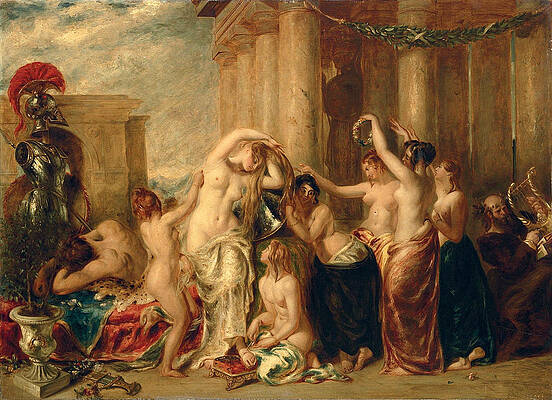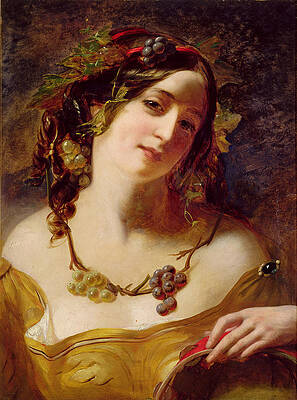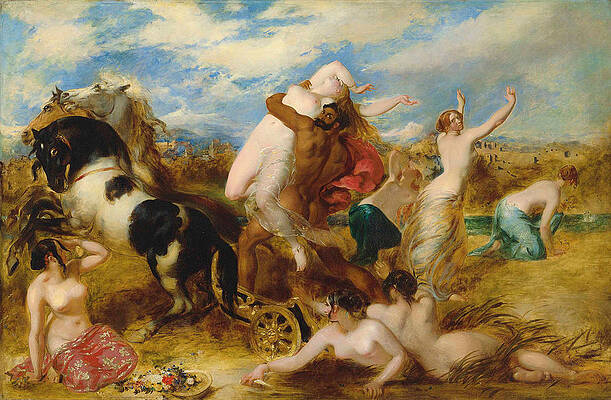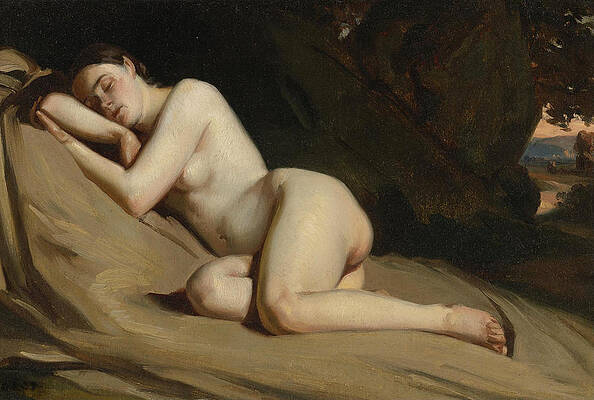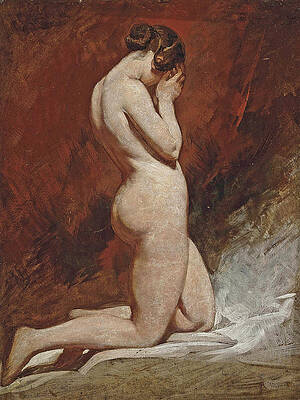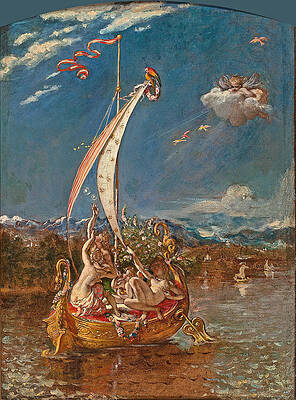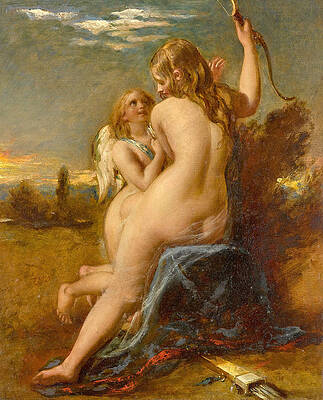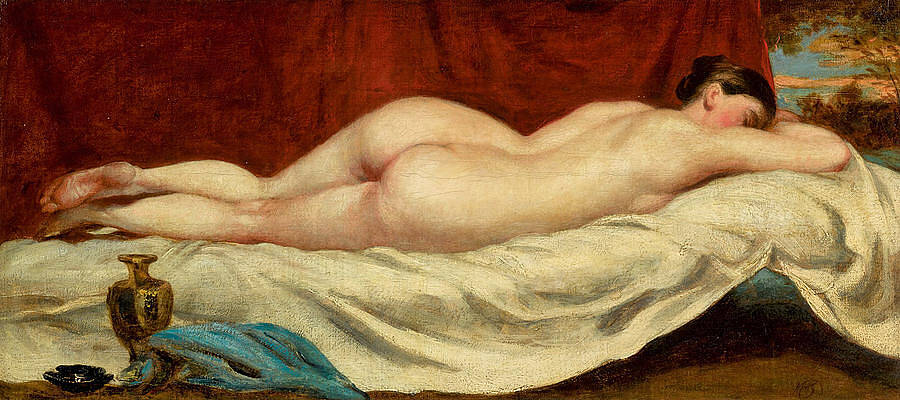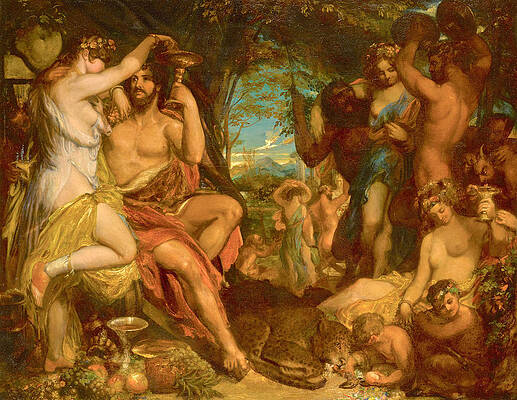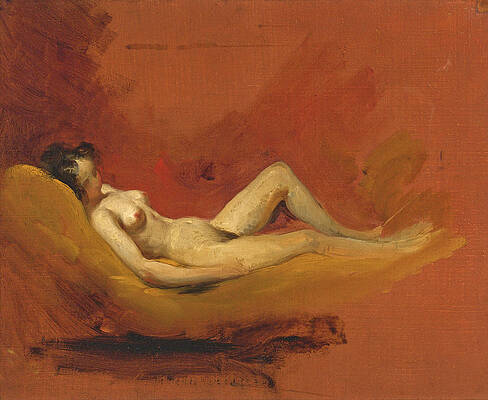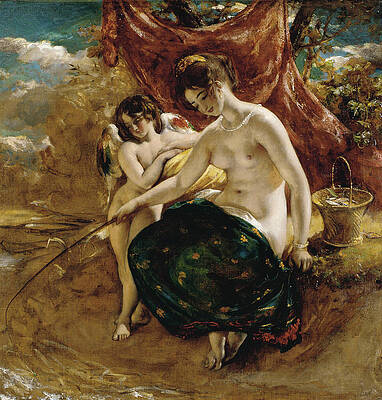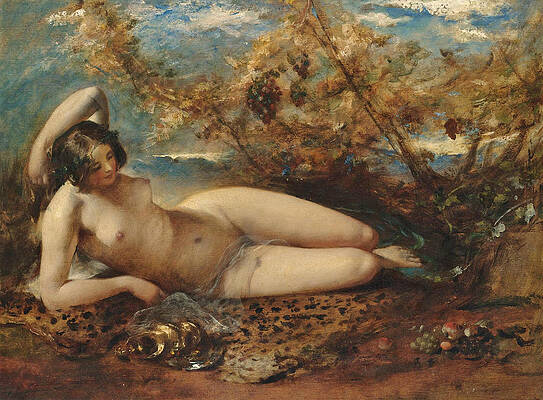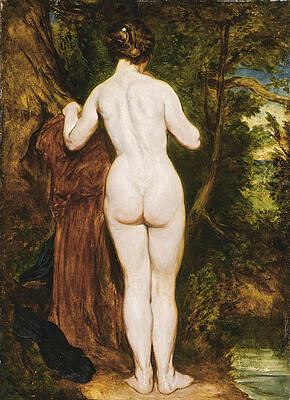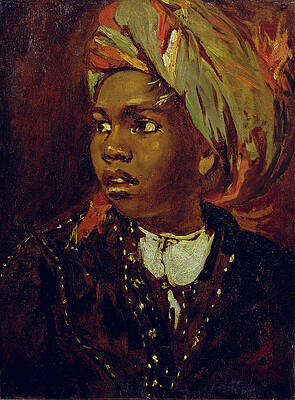William Etty
Paintings

The Sirens and Ulysses
Venus and Her Satellites
A Bacchante
Pluto carrying off Proserpine
The Three Graces
Reclining Female Nude in a Landscape
Ariadne
Ariadne
A study of a standing female nude
Kneeling nude
Preparing for a Fancy Dress Ball
The Actress Rachel Felix
Study for Youth on the Prow, and Pleasure at the Helm
Venus relieving Cupid of his bow
Venus and Cupid Descending
Sleeping female nude
Cupid and Psyche
Cupid And Psyche
A Bacchanalian Revel
Study of a Female Nude
Reclining female nude by a waterfall
Nymph Angling
A young woman reclining on a fur rug
Nude bather by a stream
Two female bathers
Allegory
Benaiah
Study of a Black Boy
The Bridge of Sighs

Standing Female Nude from Behind
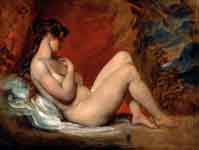
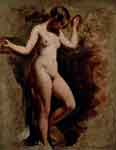


Crouching Female Nude from Behind


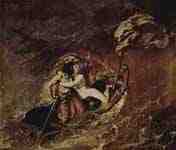
Standing Female Nude
Bacchante
Fine Art Prints | Greeting Cards | Phone Cases | Lifestyle | Face Masks | Men's , Women' Apparel | Home Decor | jigsaw puzzles | Notebooks | Tapestries | ...
The Sirens and Ulysses
William Etty (10 March 1787 – 13 November 1849) was an English painter, best known for his paintings of nudes. William Etty was born on 10 March 1787 at 20, Feasegate, York, to Matthew and Esther Etty. He was educated at Bedern in York, and at Mr Hall's Academy in Pocklington. In 1798 and in accordance with the wishes of his father, Etty served seven years of apprenticeship to a printer in Hull. He was, however, enabled to pursue his studies in painting through the generosity of his uncle, William Etty, who in 1806 invited him to London. In 1807 he entered the Royal Academy School as a probationer, studying under Henry Fuseli, and he also studied privately for a year under Sir Thomas Lawrence, whose influence for some time dominated his art. In 1808 he entered the Royal Academy as a student.
Additional training
He copied a great deal from the old masters in the National Gallery and was a constant student in the Life School of the Academy, even after he had become an Academician. He paid a brief visit to Paris and Florence in 1816, and in 1822 he took a longer journey to Italy, spending most of his time in Venice. From his studies of the Venetian masters he acquired that excellence in colour for which his works are chiefly known.[5]
Life and work
In 1822 Etty set off for Italy, travelling through France and Switzerland. He studied in Venice and In 1823 he was made Honorary Academician of the Venetian Academy.On his return to England in 1824, his "Pandora Crowned by the Seasons" was much applauded, and in 1828 he was made a member of the Royal Academy. Some of his early work, particularly his depiction of the female nude was regarded as controversial but Etty became an influential and respected British artist. In 1842, The Government School of Design opened in York with his help.
"He was controversial during his lifetime in the early and middle 19th century, and still is...Etty's bumboat is what his friend John Constable called a particularly gruesome painting, Youth on the Prow, and Pleasure at the Helm, in which naked women clamber in a pyramid to catch bubbles in a golden-prowed boat."[6]
Youth on the Prow, and Pleasure at the Helm
Etty painted very unequally. His work at its best possesses great charm of colour, especially in the glowing, but thoroughly realistic, flesh tints. The composition is good, but his drawing is sometimes faulty, and his work usually lacks life and originality. He often endeavoured to inculcate moral lessons by his pictures. He himself considered his best works to be "The Combat," the three "Judith" pictures, "Beniah, David's Chief Captain" (all in the National Gallery of Scotland, Edinburgh, "Ulysses and the Sirens" (Manchester Gallery), and the three pictures of Joan of Arc. He is also represented in the Victoria and Albert Museum in London, and in English provincial museums; the Metropolitan Museum, New York City owns his "The Three Graces," considered by many his masterpiece. "The Combat" was a large painting, over 10 feet in height and 13 feet in breadth. No buyer would purchase it until Etty's fellow painter John Martin acquired it for £300. Hung in Martin's studio, it was seen there by Lord Darnley, who then commissioned Etty to paint his "The Judgement of Paris."[7] A statue of Etty, erected in 1911, stands in front of the York Art Gallery in his home town. Yet "He remains a neglected and underrated artist, one of the few nineteenth-century painters to paint classical subjects successfully."[8] Etty had only one English follower in the practice of painting the nude, in William Edward Frost.
Links with York
In addition to his art, Etty is known for his involvement in a campaign to prevent the demolition of Clifford's Tower and York city walls in 1825.[9]
There is a life-size sculpture of Etty outside the York Art Gallery. Carved in Portland stone, it was sculpted by the local sculptor George Milburn, and unveiled to the public on 20 February 1911. The centenary of this event in 2011 was commemorated by the major retrospective (June 2011 – January 2012) entitled "William Etty: Art and Controversy", with a book of the same name.
Etty is also represented in one of the four roundels above York Art Gallery's entrance. The other roundels contain other famous York artists: John Carr (1723–1807, architect), John Camidge (1734–1803, musician), and John Flaxman (1787–1849, painter).
Todd's bookshop at No. 35 Stonegate, owned by John Todd, was one of York's most prestigious bookshops. Etty described how he "would stand entranced and sketch" the prints displayed in the shop's windows.
No. 20 Feasegate is Etty's birthplace.
Etty's Coney Street house, now next to City Screen, is where Etty lived in retirement from June 1848 until his death in November 1849.
His grave is in St. Olave's Cemetery, Marygate,[10] and inside the church, on the left as you enter, is a stained glass window in memory of Etty.
References
William Etty: Art and Controversy, Philip Wilson Publishers
Alexander Gilchrist, Life of William Etty, London, 1855. ISBN 1-4286-4033-9.
William Cosmo Monkhouse, "Etty," Dictionary of National Biography, London, 1889. ISBN 1-4021-7066-1.
Leonard Robinson, Jr., Wiliiam Etty: The Life and Art, Jefferson, NC, McFarland, 2007; pp. 19–30.
Robinson, pp. 34–8 and ff.
Robinson, pp. 76–80, 95–112.
"Pleasures of the Flesh". The Independent, Viewspaper section. 5 September 2011. pp. 14–15.
Lionel Lambourne, Victorian Painting, London, Phaidon Press, 1999; p. 281.
Christopher Wood, Victorian Painting, Boston, Little, Brown & Co., 1999; p. 22.
Burnage, Sarah; Hallett, Mark; Turner, Laura, eds. (2011). William Etty: Art & Controversy. York Museums Trust. ISBN 978-0-905807-25-6.
William Etty at FindaAGrave.com, includes photo of grave. Accessed via internet Feb 20, 2015
----
Fine Art Prints | Greeting Cards | Phone Cases | Lifestyle | Face Masks | Men's , Women' Apparel | Home Decor | jigsaw puzzles | Notebooks | Tapestries | ...
----
Artist
A - B - C - D - E - F - G - H - I - J - K - L - M -
N - O - P - Q - R - S - T - U - V - W - X - Y - Z
Retrieved from "http://en.wikipedia.org/"
All text is available under the terms of the GNU Free Documentation License


